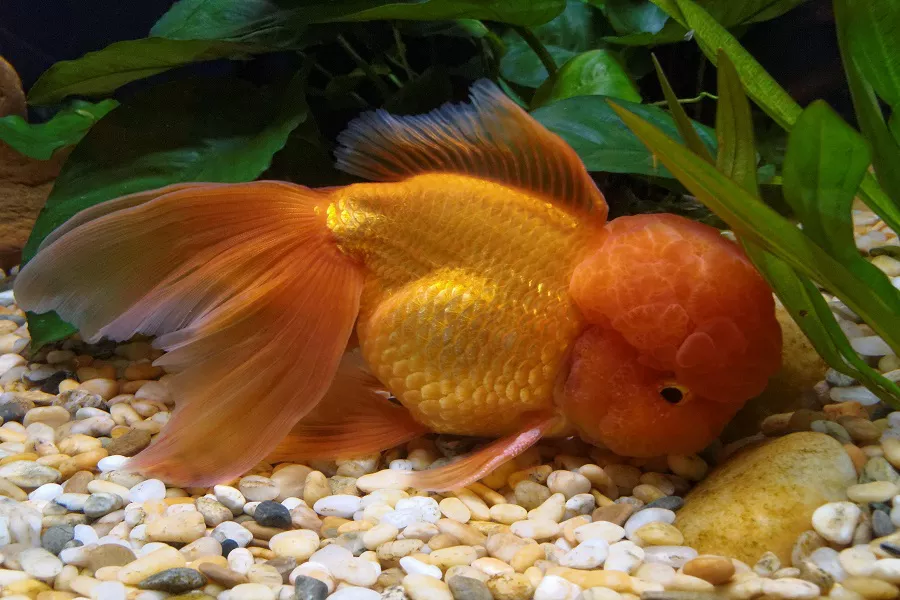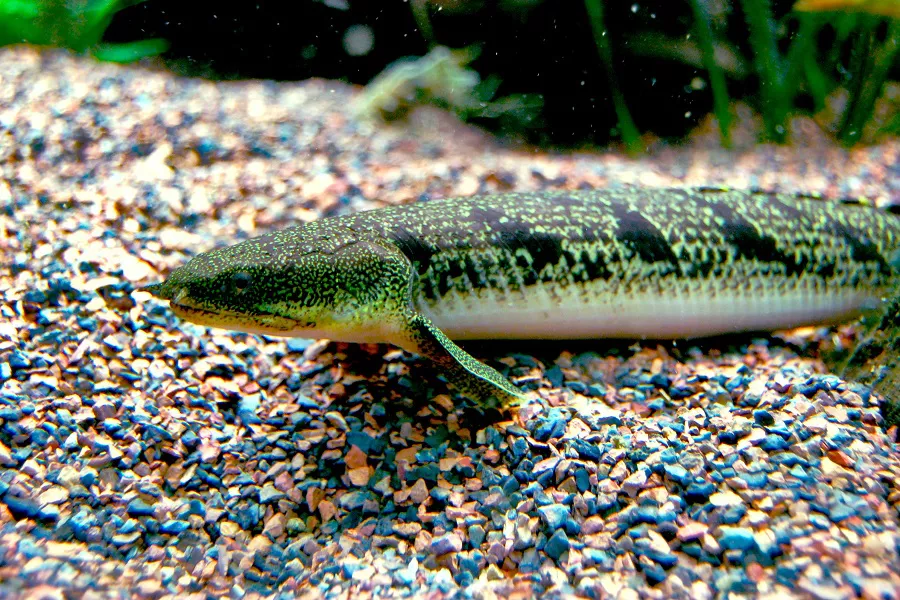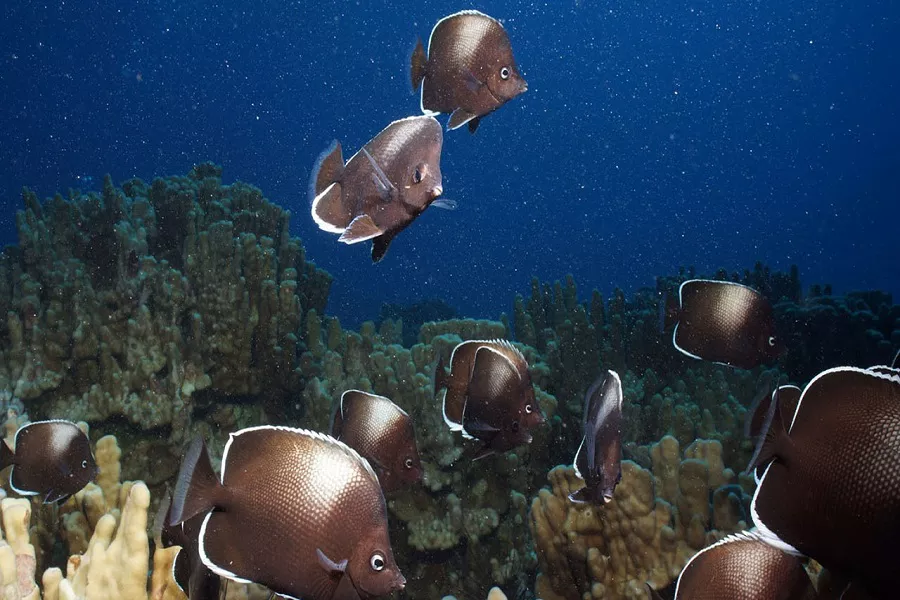What is oranda goldfish?
The Orlanda Goldfish is an interesting freshwater fish that brings a unique aesthetic to any aquarium. With their unique head and color combination, it’s hard to miss them!
What does oranda goldfish look like?
The body length is 10-15CM, the sarcoma on the top of the head is square and milky white, the head is silver-white, the eyes are bright red, the whole body is bright red, the fins are bright red, and the face is clear and handsome, very cute. Yuyin Dinggaotou is a characteristic species of Chinese goldfish, with a small number and a low genetic rate of the species.
oranda goldfish living habits
The feeding water temperature is 10-28 ℃, and the appetite is obviously decreased when the water temperature is lower than 10 ℃. The water quality requires neutral soft water, the water color is clear and transparent, and the bait includes fish and insects, water earthworms, pellet feed, etc. The breeding water temperature is 18-22 ℃, and the natural breeding season is from April to May every spring.
oranda goldfish rearing
These fish are as hardy as their carp ancestors. But having said that, these designer fish have some unique needs that need to be addressed. In our opinion, they are best for aquarists with intermediate experience.
To help you provide the best life for your fish, here are some important care guidelines to follow.
Tank size
They may not swim as fast as some other goldfish species, but Orlanda goldfish still need plenty of space. While people generally say these fish will do just fine in a 20 gallon size tank, we think this should be considered a minimum.
Instead, we recommend starting with a 30-gallon tank to keep your Oranda goldfish healthy and comfortable. The extra space will greatly enhance their quality of life.
water parameters
Oranda goldfish do not occur naturally. Unlike tropical freshwater fish, there is no comparable wild fish when planning water parameters.
Fortunately, the demand for this fish is well established in the aquarium community.
Most of the baseline parameters are modeled after wild carp. Orandas prefer cooler waters with a neutral pH balance. It’s worth pointing out that these goldfish can tolerate slight fluctuations, so you don’t have to be precise.
However, you do need to stay within an acceptable range. Orandas tend to be more sensitive to temperature than regular goldfish, so invest in an accurate thermometer and monitor the water regularly.

























